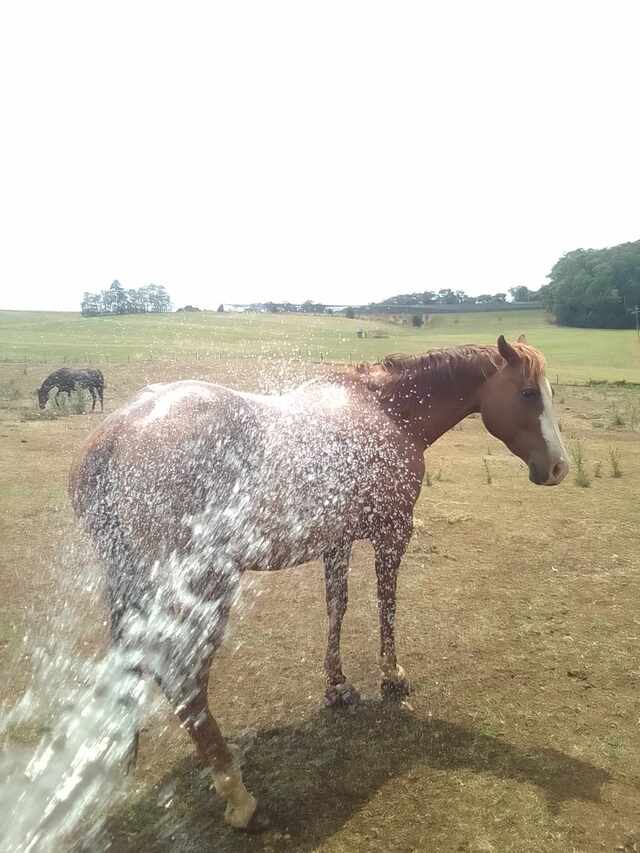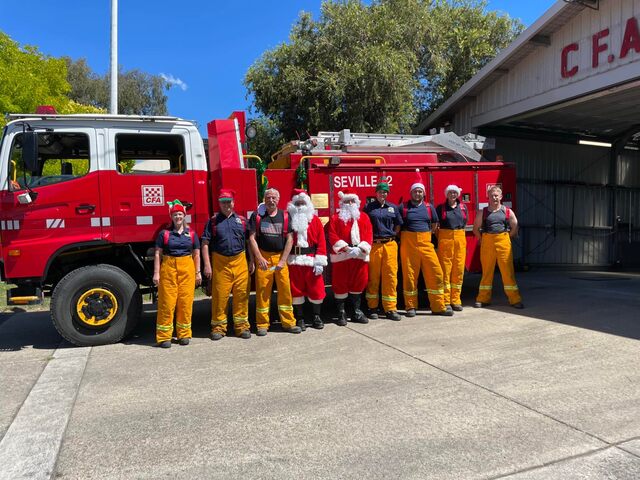Continued from the 4 December edition of the Upper Yarra and Mountain Views Star Mail
Managing horses in a bushfire by Dr Kim Johnson BVSc (Hons) MANZCVSC (Equine) of the Yarra Ranges Animal Hospital in Lilydale and Yarra Glen
Having a fire plan that you know by heart is important for yourself and all livestock on your property. If you plan to evacuate, leaving early on an extreme or catastrophic fire danger day is always the safest option. If an alert or watch and act message is issued, please follow it immediately as waiting can mean that it is too late to safely evacuate and you will only put your animals and yourself at more risk.
You must have a plan for all animals on your property. If you can not take them all, decide who will be evacuated in advance. Have a clear plan of an evacuation route and a back up option, a plan for where you will take the animals to stay and supplies such as feed, water, headcollars, lead ropes, rugs and any required medications. It is important to already have the float and tow vehicle in good working condition, hitched up in advance as this can save valuable time and that the horses are well trained in float loading. It is important that your horses are microchipped and up to date with vaccinations, your PIC details and any insurance is also up to date with documents in your evacuation kit.
If you are not able to evacuate your horses or it is too late to leave, ensure that there is a large supply of water and feed, enough to last a few days at least. Remove all items such as headcollars, fly masks, boots and rugs as these will melt or burn onto their skin. Do not wet the coat as this may increase the risk of burns and overheating. Do not allow horses access off the property as they can create a road hazard however open all gates and cut boundaries within a property. Do not shut them in stables or yards. Horses are less likely to sustain major burns and to survive if they can move around flames or move to a burnt out area to avoid the fire front. Ensure fuel reduction has been carried out on your property before the fire danger season starts. Once the danger has passed and it is safe to return, seek veterinary advice for any injured or burnt animals and ensure a supply of water and feed is restored.







